In the Dominican Republic, we’re supporting a beekeeping association of 15 farmers who are working to earn better incomes for their families by raising bees and producing honey.
Food blogger Melissa Bailey of Hungry Food Love visited them with us last April. Meet these amazing men and women, and try the honey flan recipe Melissa developed based on her trip!
* * *
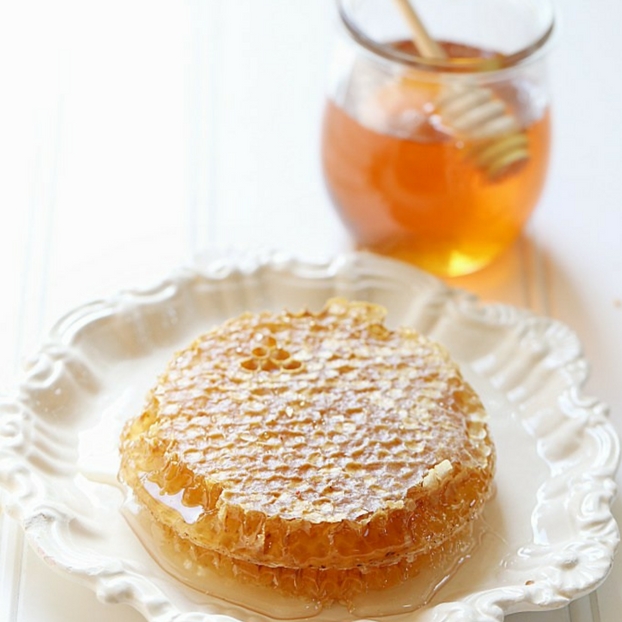
What a gorgeous image, right? This is a honeycomb where bees laboriously work to create their liquid gold, honey. We get to enjoy honey and the wax from the comb in many ways. I love honey on my yogurt, over fruit, to sweeten smoothies, and of course in delicious sweet recipes. It is so versatile that I even use it to make home remedies to cure a bad cold.
One of my favorite sweet recipes is this honey flan. Flan is traditionally made with evaporated milk, eggs, and sweetened condensed milk to give it the sweet taste. But on this recipe I’ve replaced the sweetened condensed milk with honey, and the result is a much lighter flan with a nutty caramelized flavor that reminds me of the pure honey I got to try in the Dominican Republic a few months back.
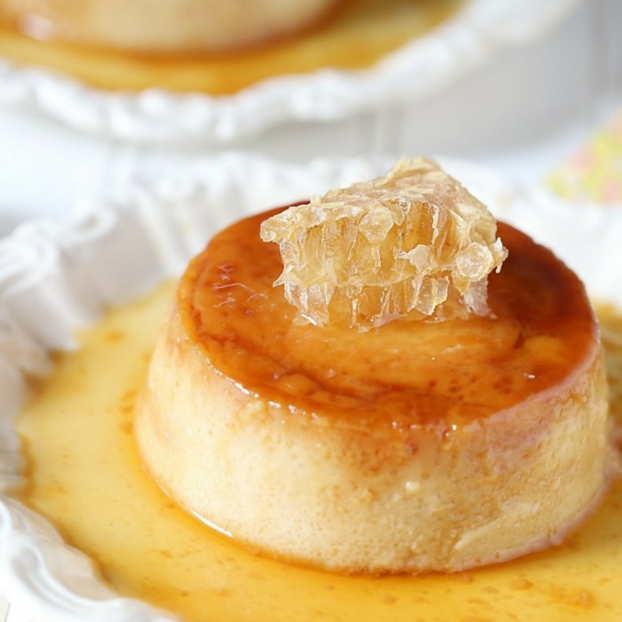
What you see in those gallons below is the honey I got to try in the Dominican Republic. See how golden and intense is its color? Well that is pure, unprocessed honey that was extracted by a laborious group of amazing men and women. I met them during a trip with World Vision. I was getting to know more about their programs and how they impact the communities in need. And what I discovered is that when you donate to World Vision, you are not simply sponsoring a child, you are supporting a whole community and the well-being of every child in that area.
For example, take a look at this group. They are part of a beekeeper association formed by a group of 15 farmers who were looking for a way to earn extra income. World Vision gave them their first 15 hives. Now they have about 30 hives across two locations, as they have been able to start new hives, buy more, and also they are able to receive beehive donations.
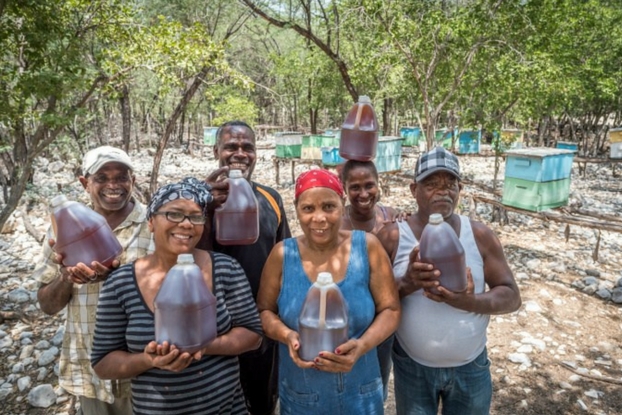
World Vision provided the honey extraction machine, initial tools and materials to maintain the hives, and facilitated a connection to a national vocational institute that sent people to give training in beekeeping. World Vision also taught negotiation skills so they could get a loan for the second site.
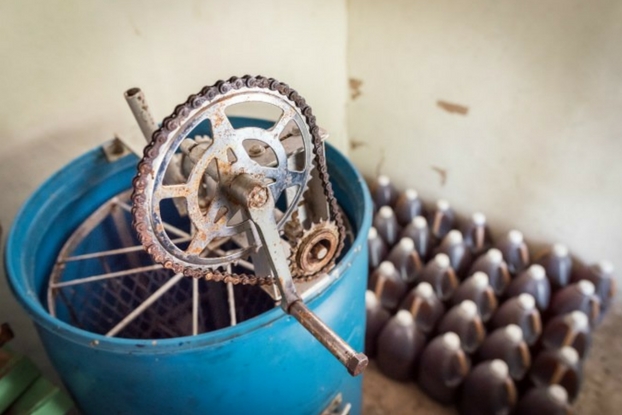
They extract 60 to 70 gallons of honey each month. They sell it in markets and to wholesalers. One gallon goes for about 550 pesos (US$12). That may not be much money for you, or maybe it is … but what I can guarantee you is that those $12 mean the world to these farmers. Thanks to the beehives you see below, they are able to provide for their families, their kids are able to go to school, and they have more opportunities to live a better life in a safer environment, healthy and happy. This is the goal of World Vision.
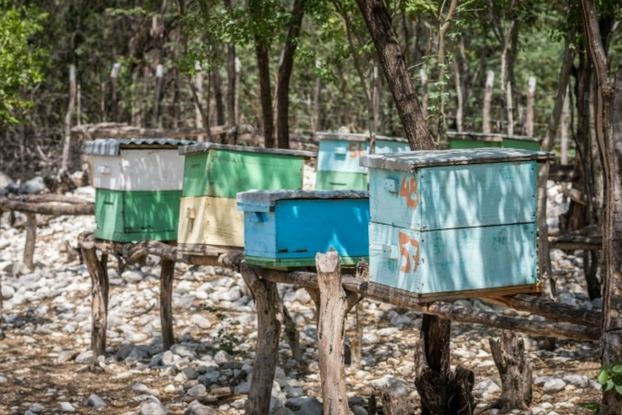
Below you can see me (in pink to the right/top) with some of the children from this community, as well as some of the guests who traveled with me to the Dominican Republic to witness the work of World Vision. Two of them are child sponsors who are making a change in the lives of children like these.
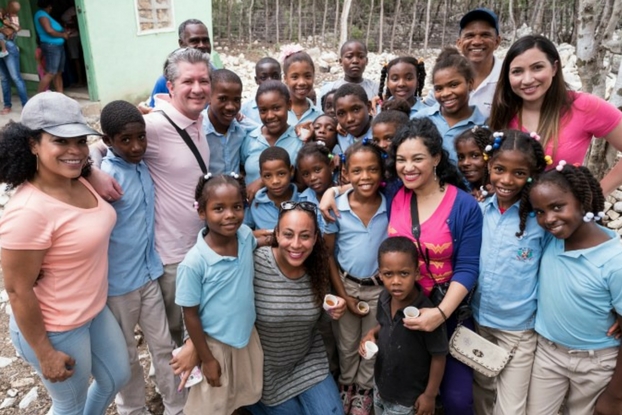
If you are interested in sponsoring a child please, please learn more about it here. If you are not certain about child sponsorship but would like to make a one-time donation by giving a beehive to farmers in need, then make your beehive donation through World Vision here.
I hope you enjoyed this story, learned something new, make any contribution you can, and of course try this delicious recipe.
Ingredients: What you’ll need
- 6 eggs
- 1 can (12 oz) evaporated milk
- 1⅓ cup honey
- 1 teaspoon vanilla extract
Instructions: What you’ll do
1. Preheat oven at 350°F.
2. In a pan, place ⅓ cup of honey, plus two tablespoons of water over medium heat and mix well. Once it starts bubbling, start whisking it to avoid caramelization. Keep an eye on this mixture and remove it from pan when it turns golden brown but not burnt.
3. Once the honey is caramelized, quickly before it settles, pour enough caramelized honey to create a thin layer on the bottom of 6 (6 ounces) ramekins. Keep ramekins aside.
4. In a large bowl, whisk well all the ingredients, making sure there are no lumps. You could use an electric mixer or blender if you would like.
5. Pour equal parts of this mixture into each ramekin.
6. Cover each ramekin with aluminum foil.
7. Place the ramekins in a bigger baking dish with water to bake it in a bain-marie.
8. Bake for 1 hour.
9. Refrigerate for at least four hours or overnight.
10. Run a knife around the inside of the ramekin to loosen then flan. Cover the ramekin with a plate, and flip shaking once firmly but carefully to make sure the flan comes of the ramekin onto the plate.
11. Enjoy!
Simple ingredients.
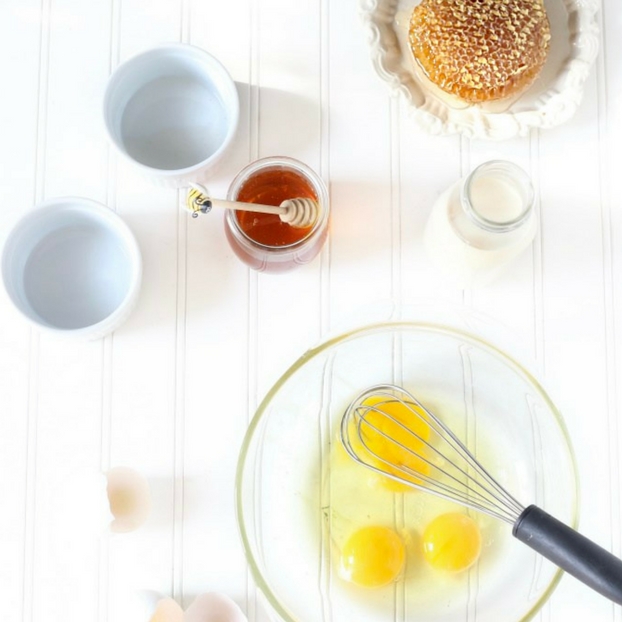
Honey caramelization.
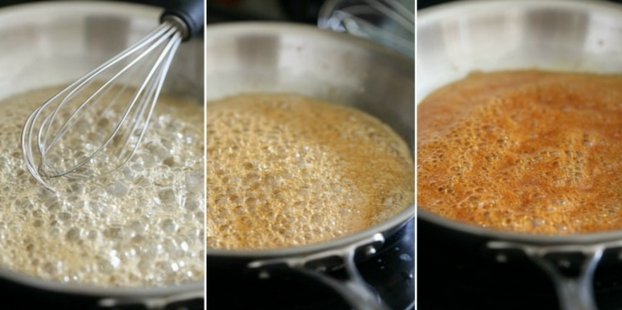
Bake in bain-marie.
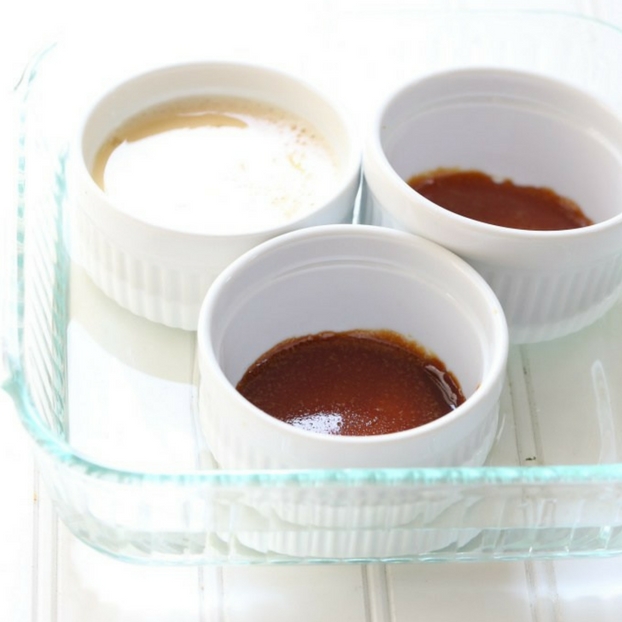
Enjoy!
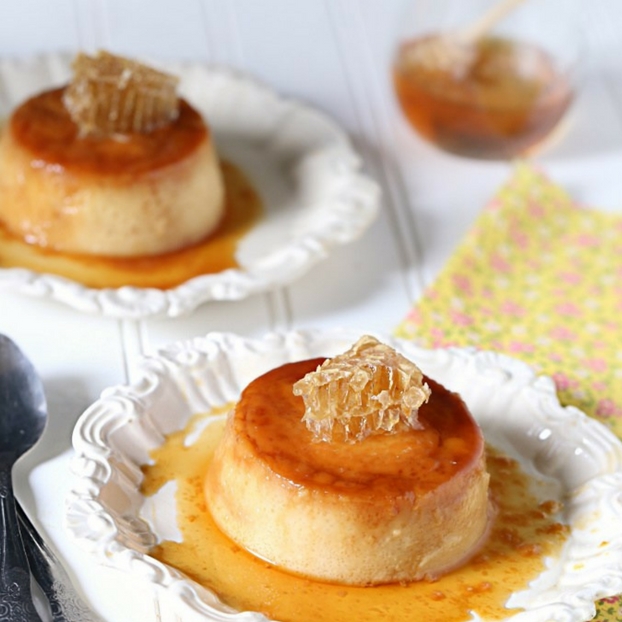
Sponsor a child in the Dominican Republic today!
This post was originally published at Hungry Food Love.

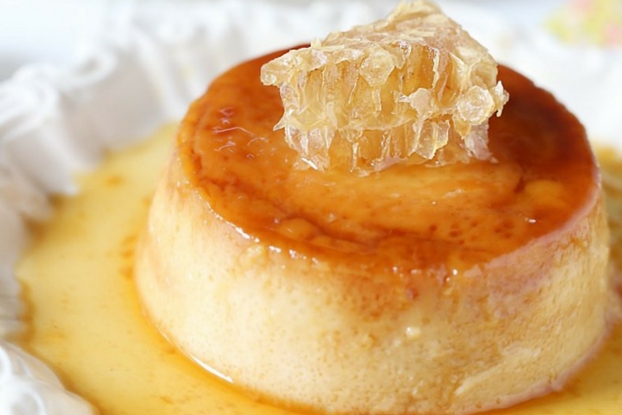
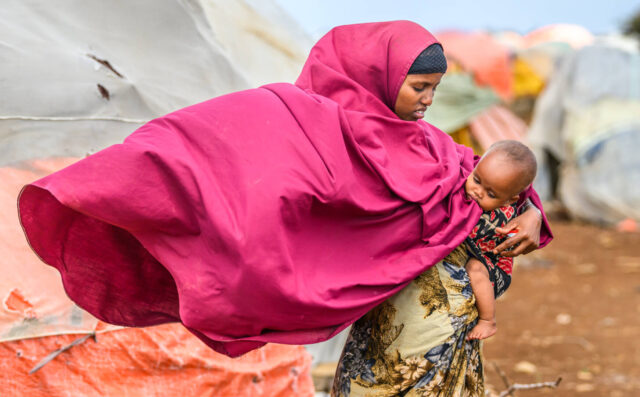
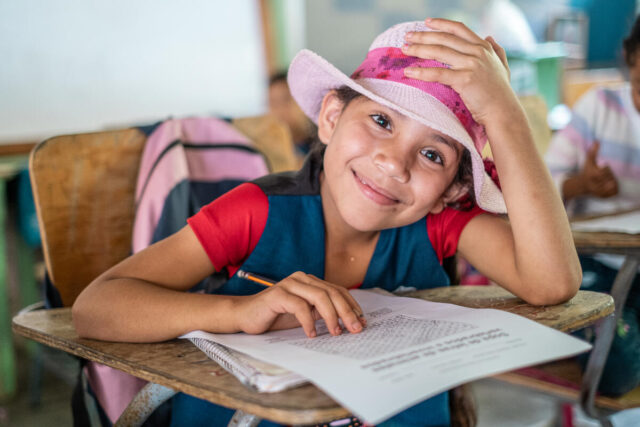

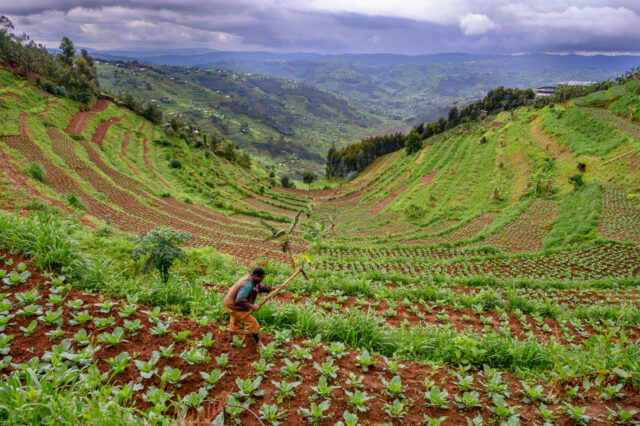
Comments